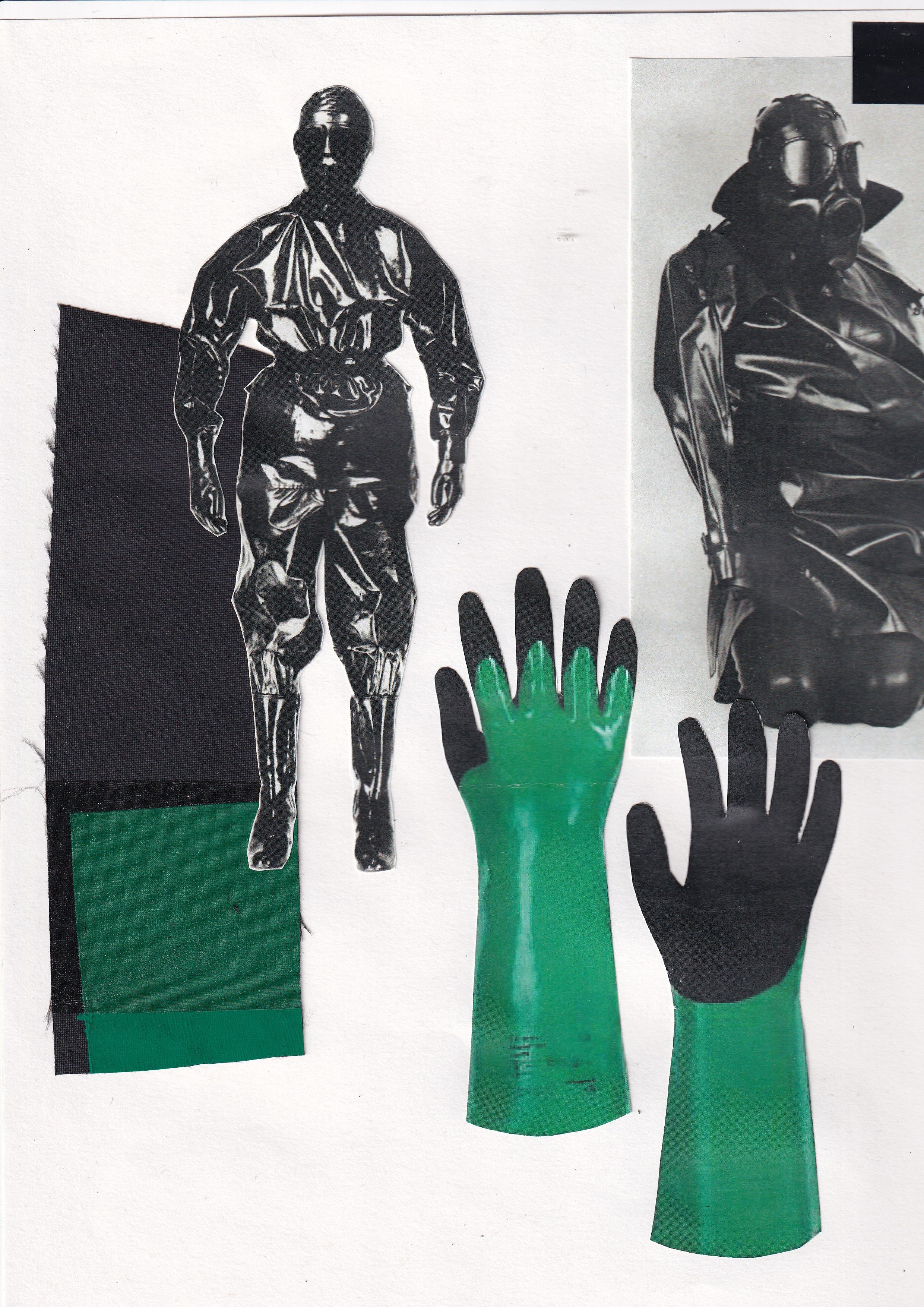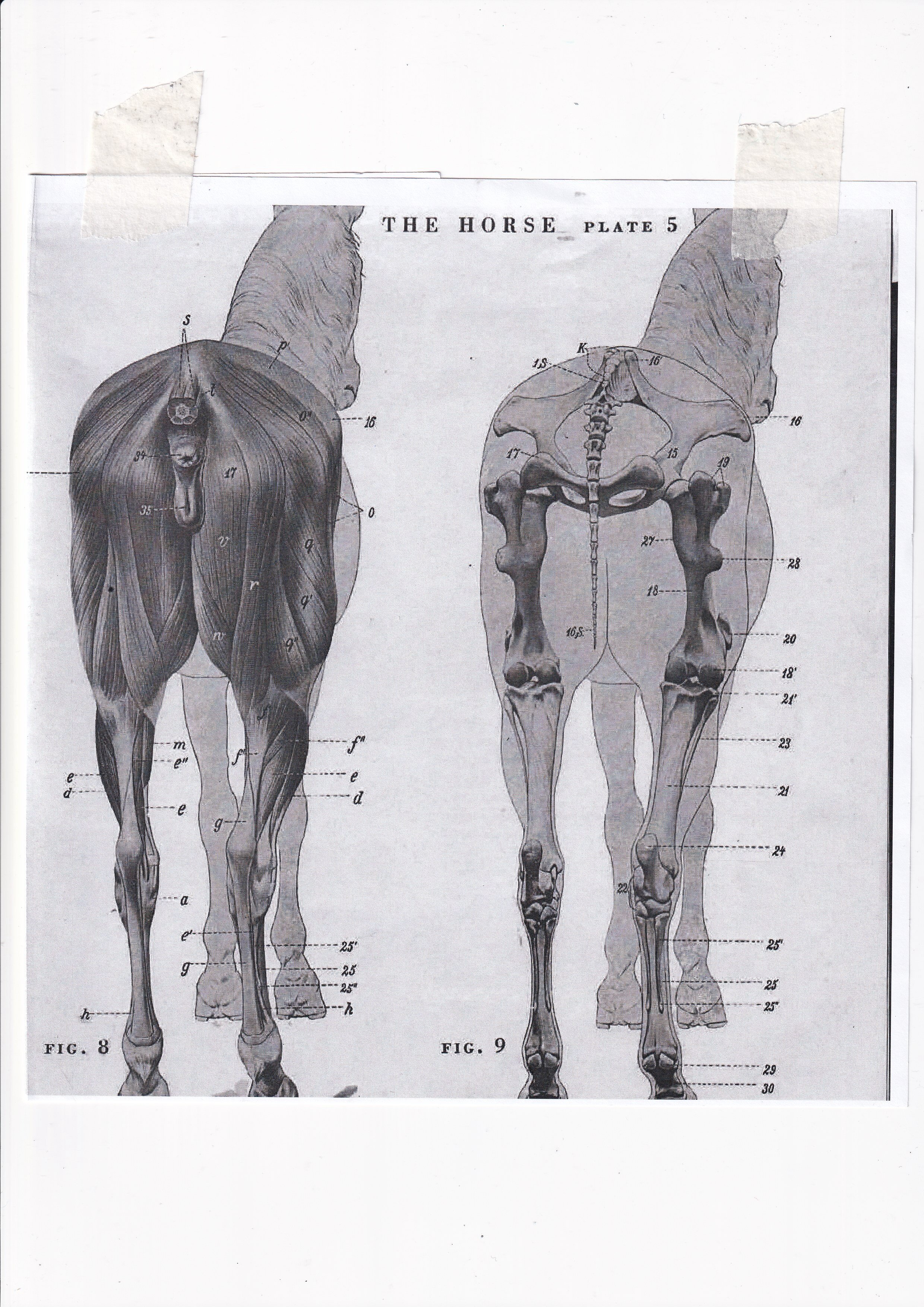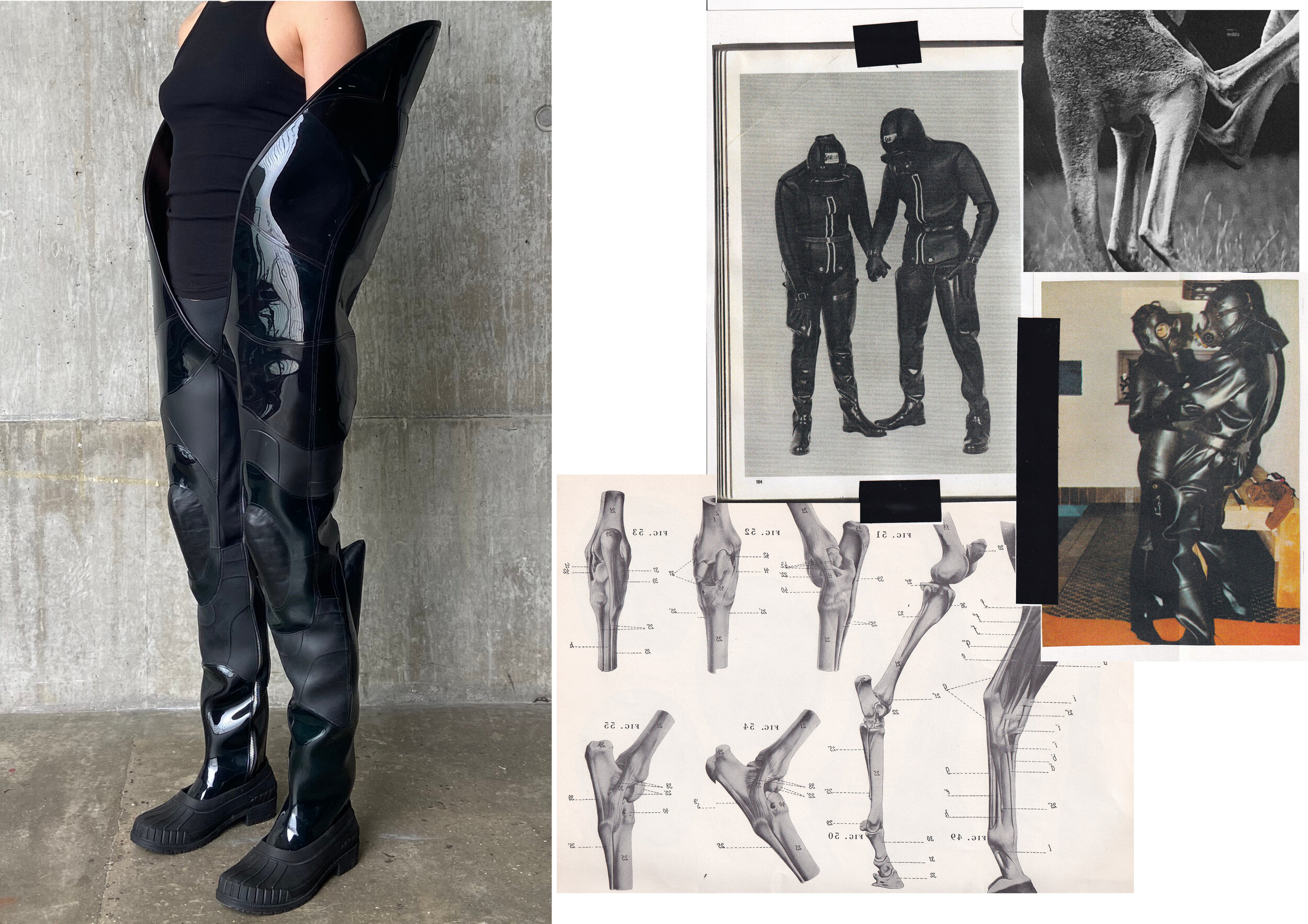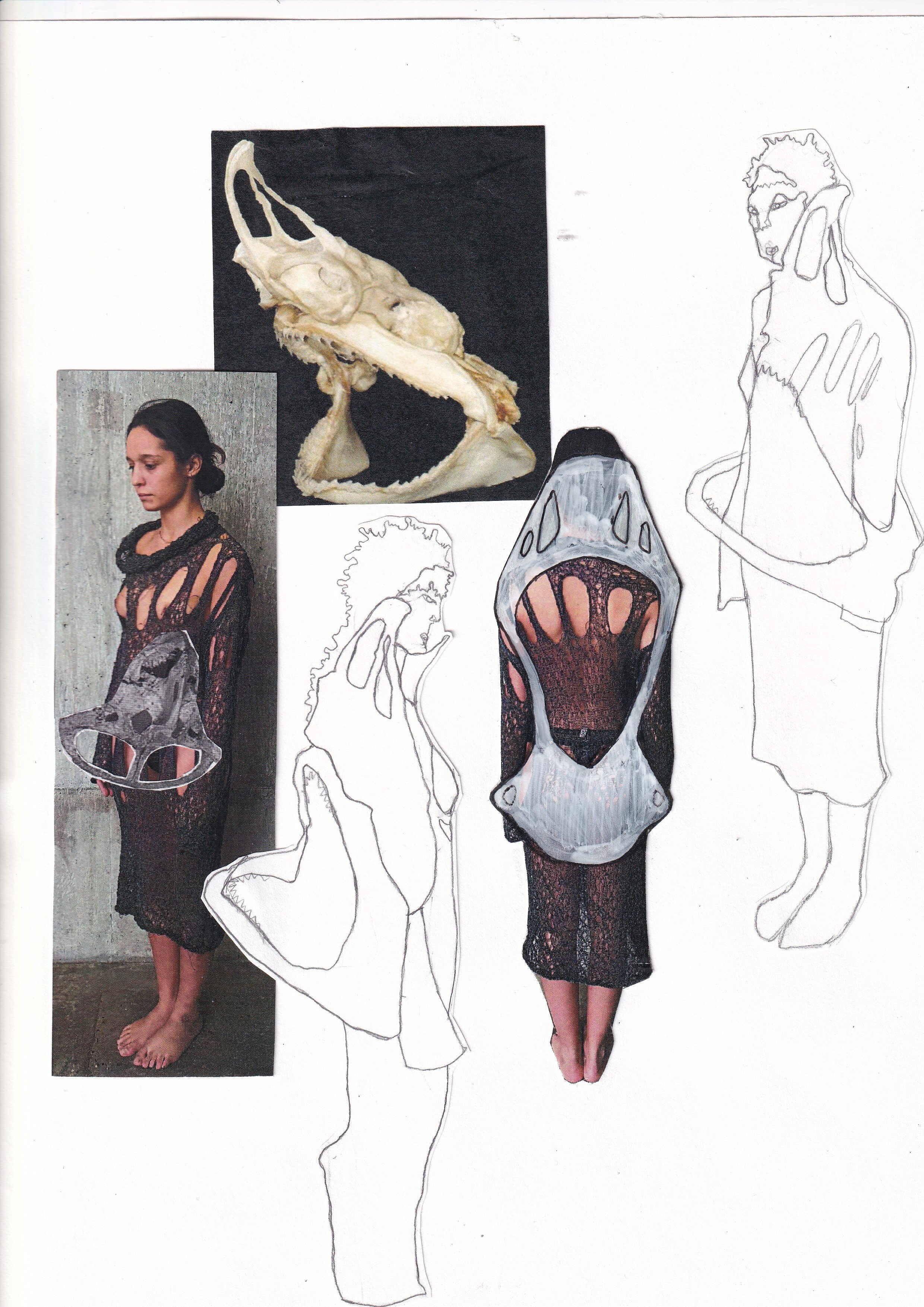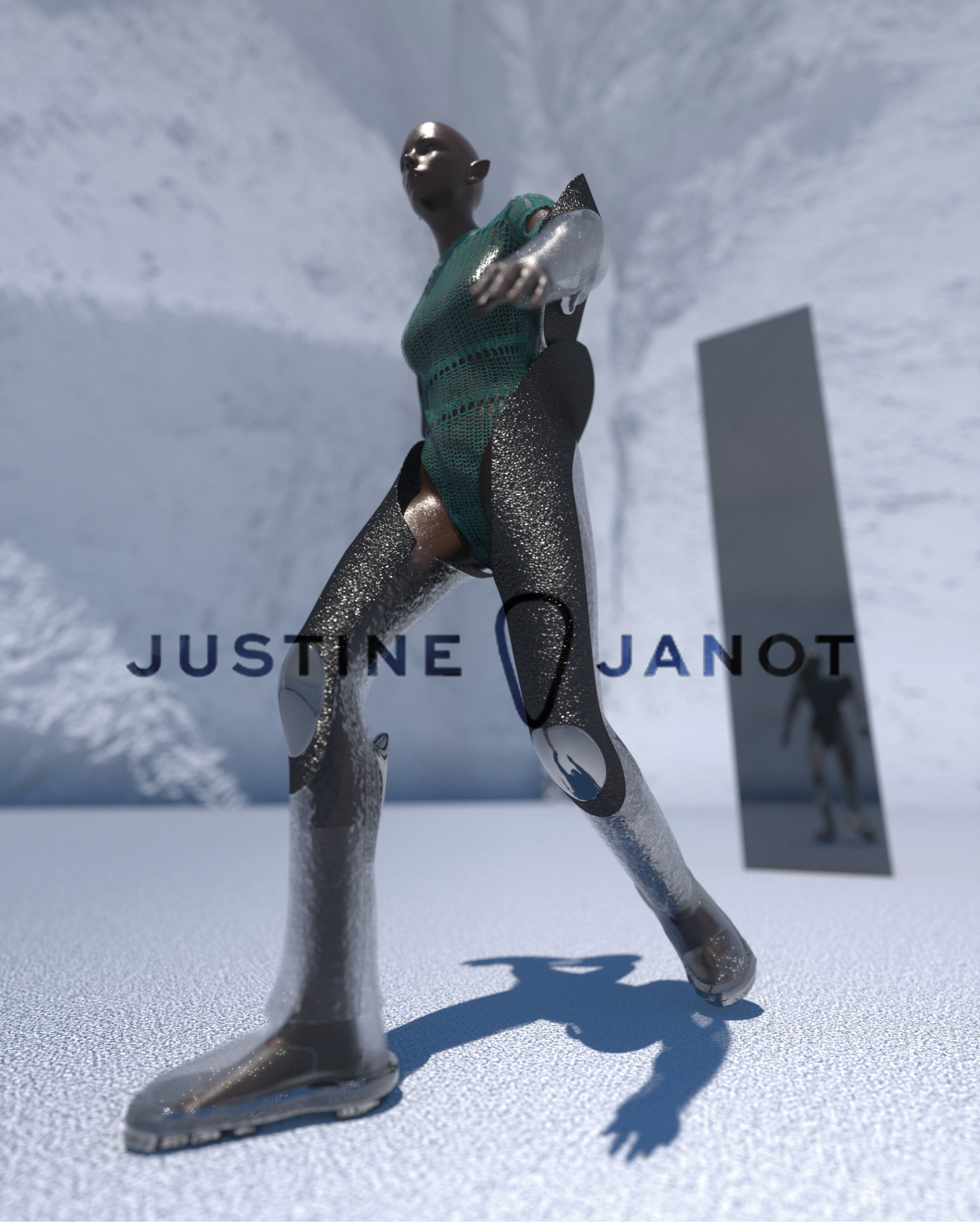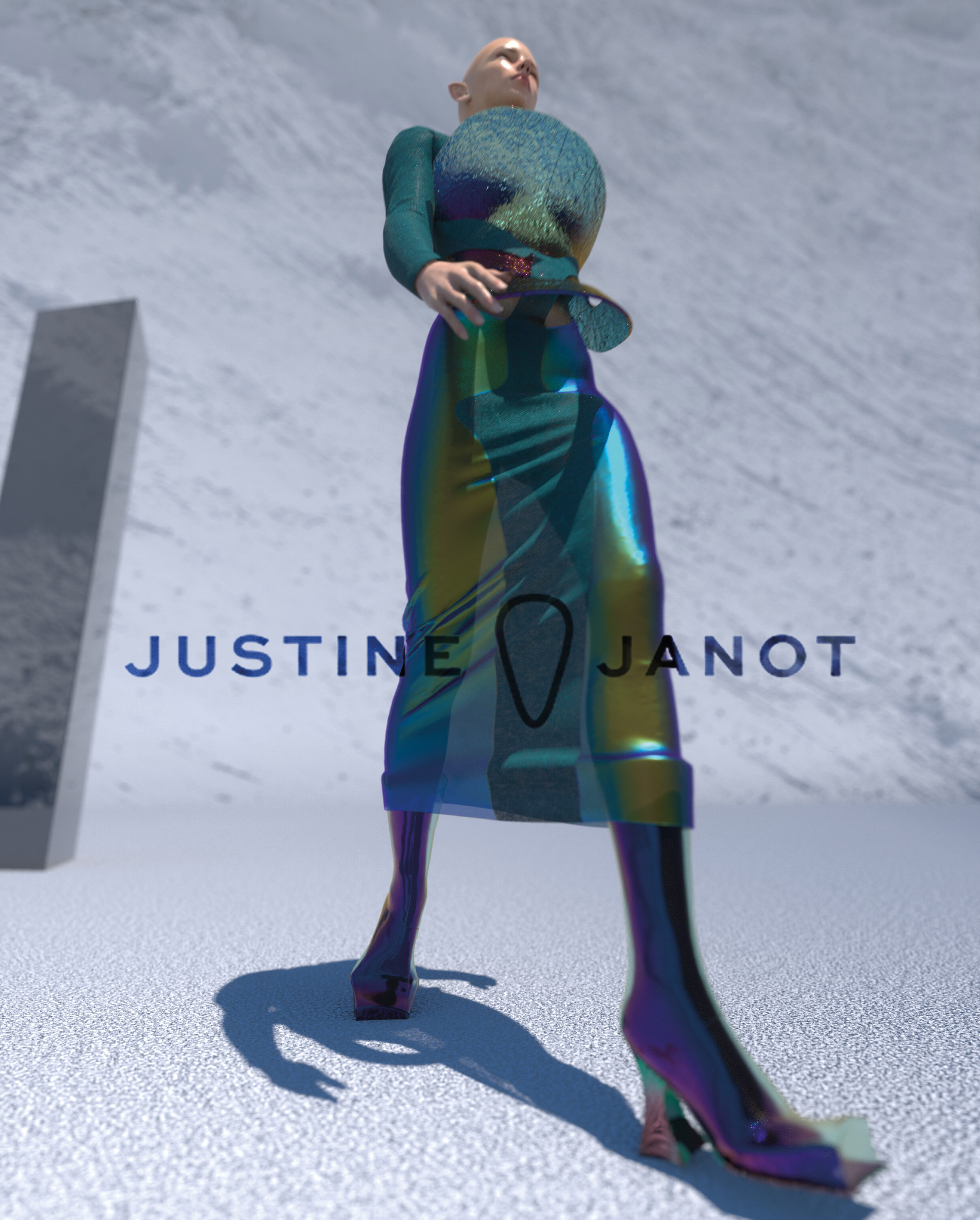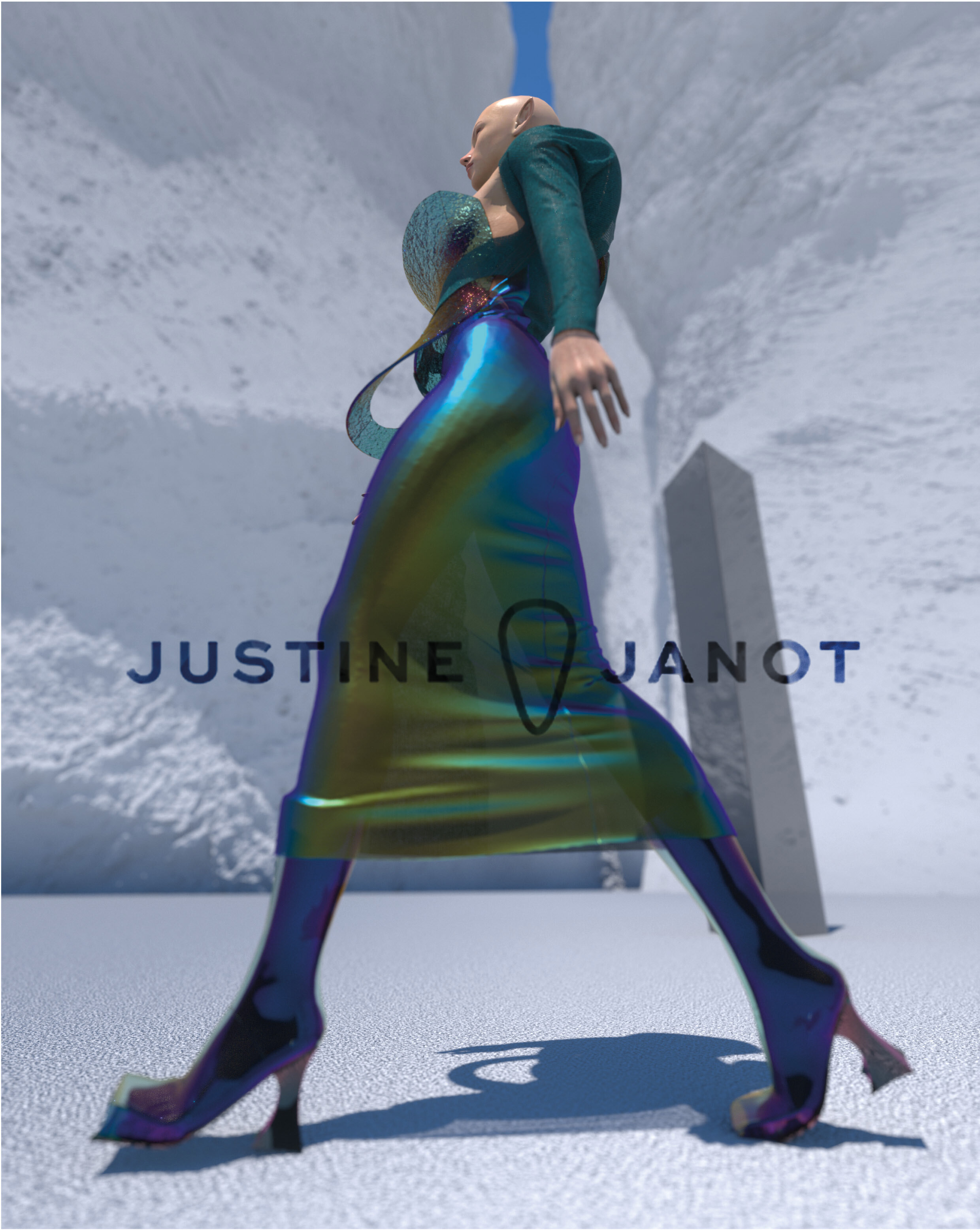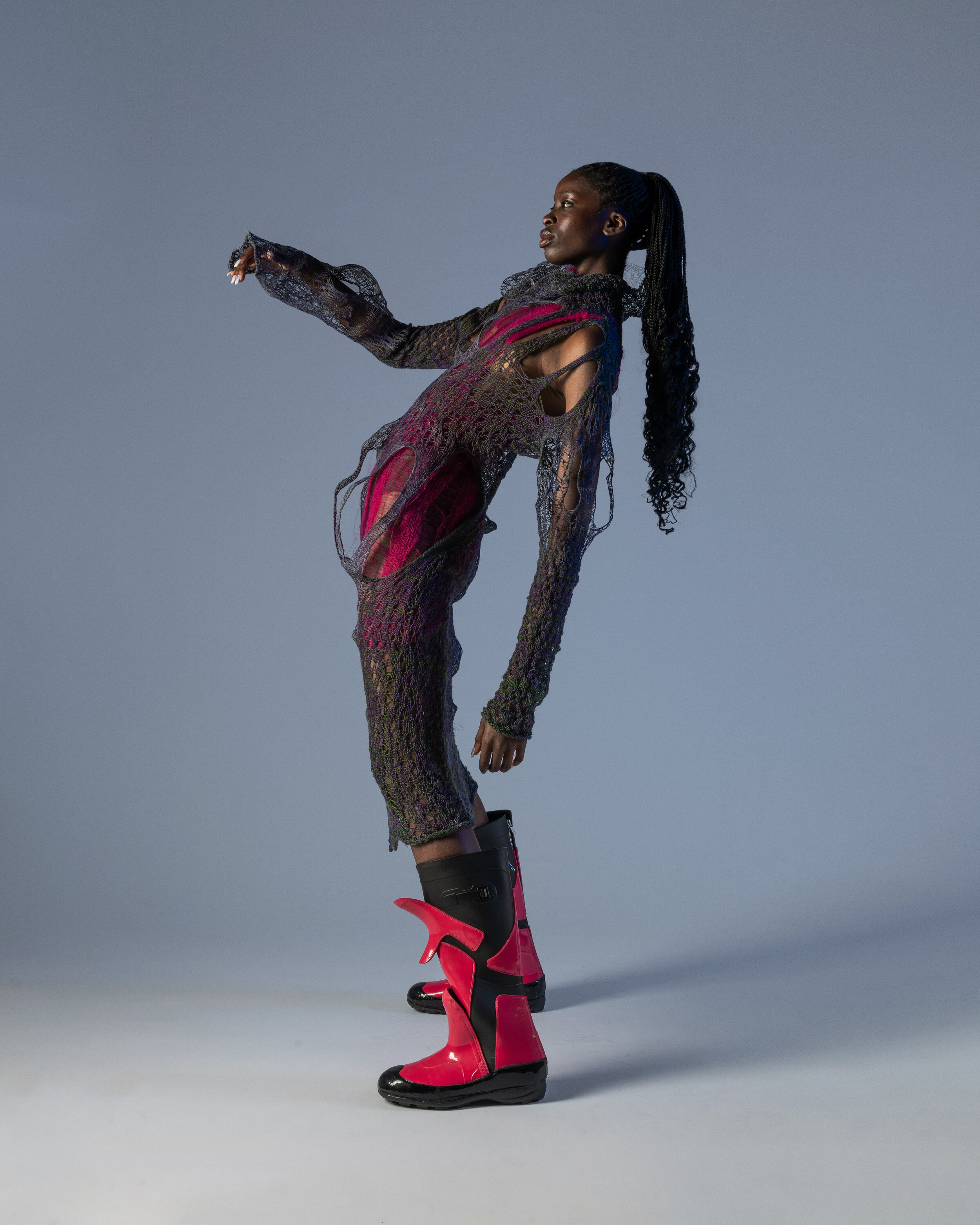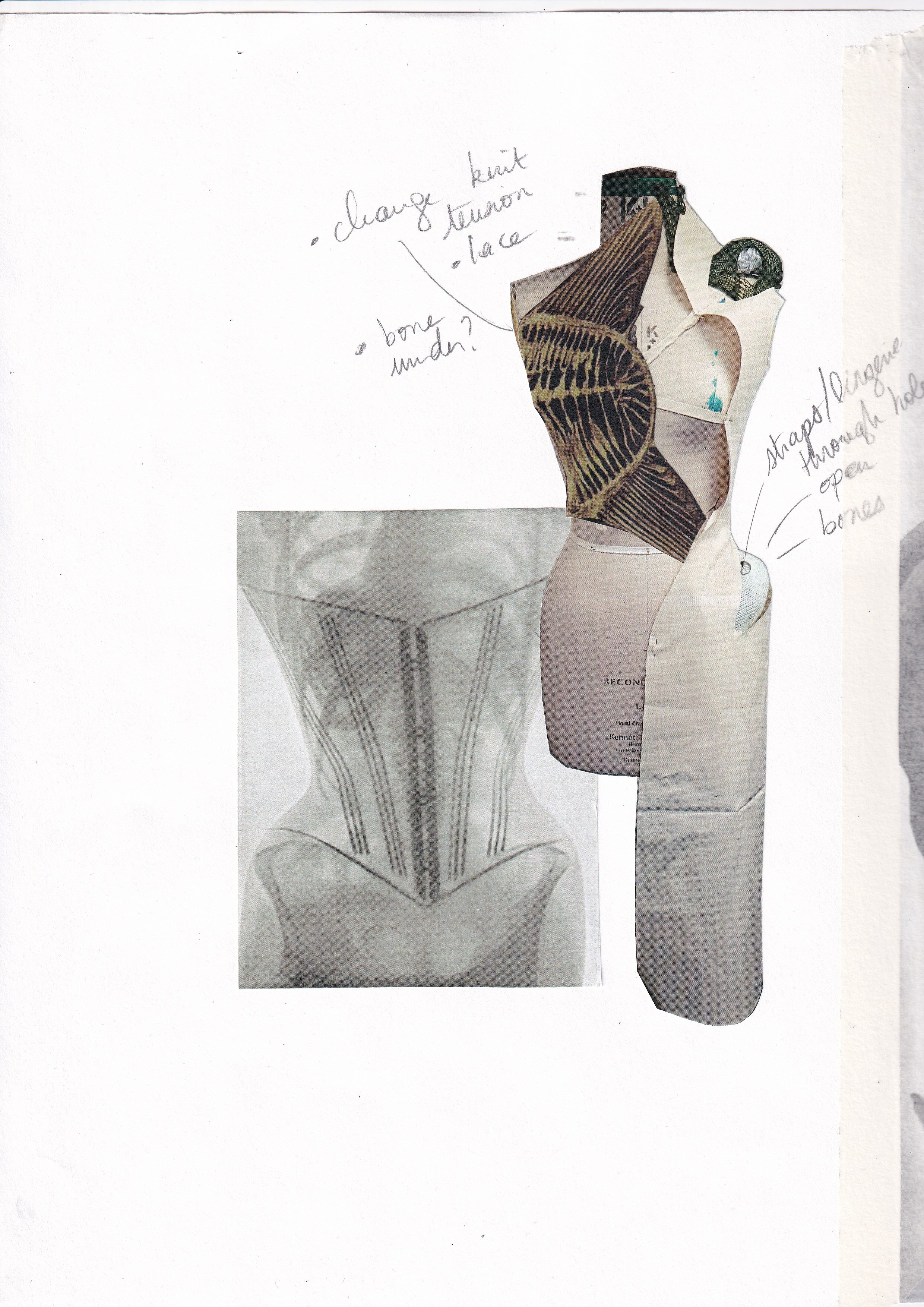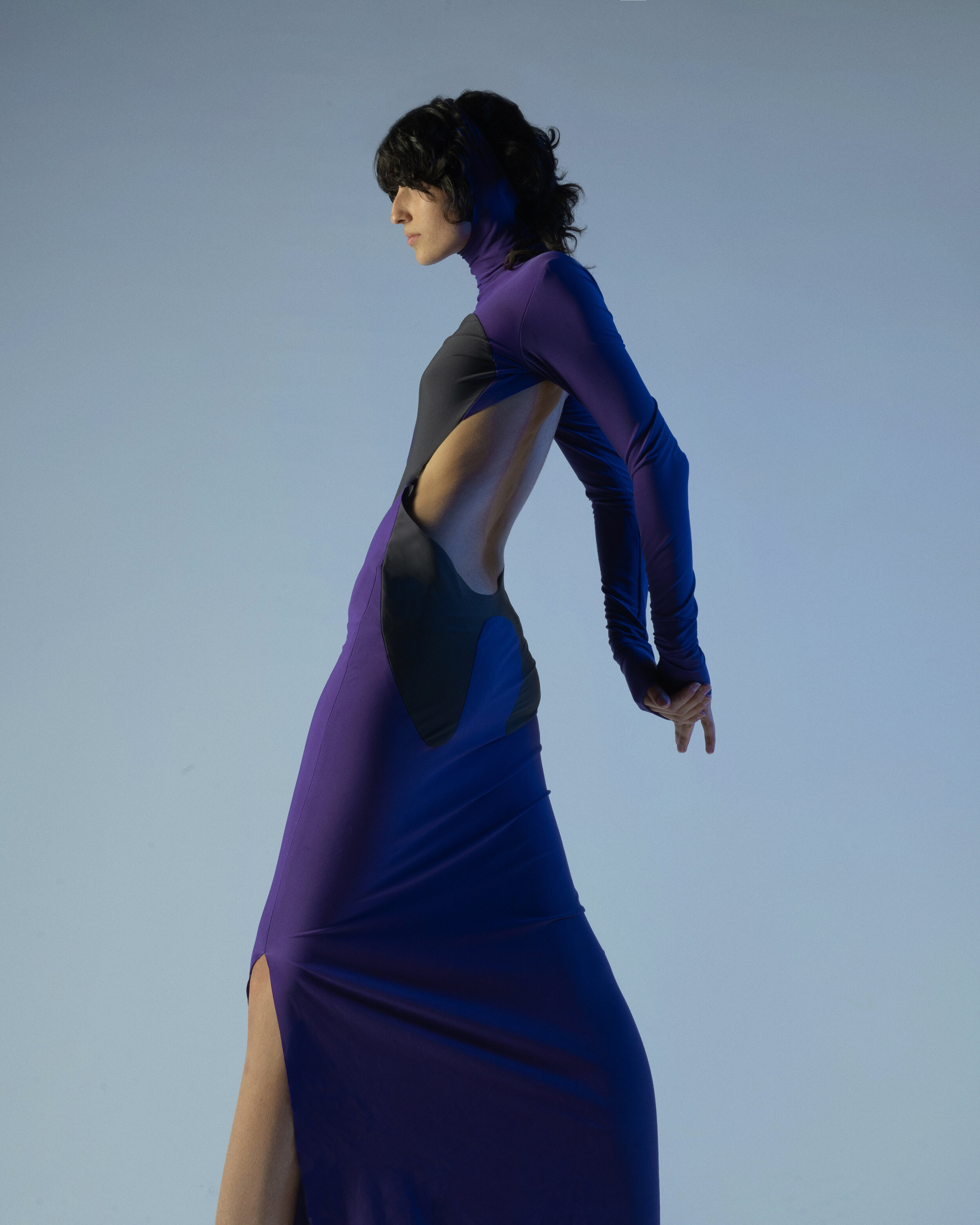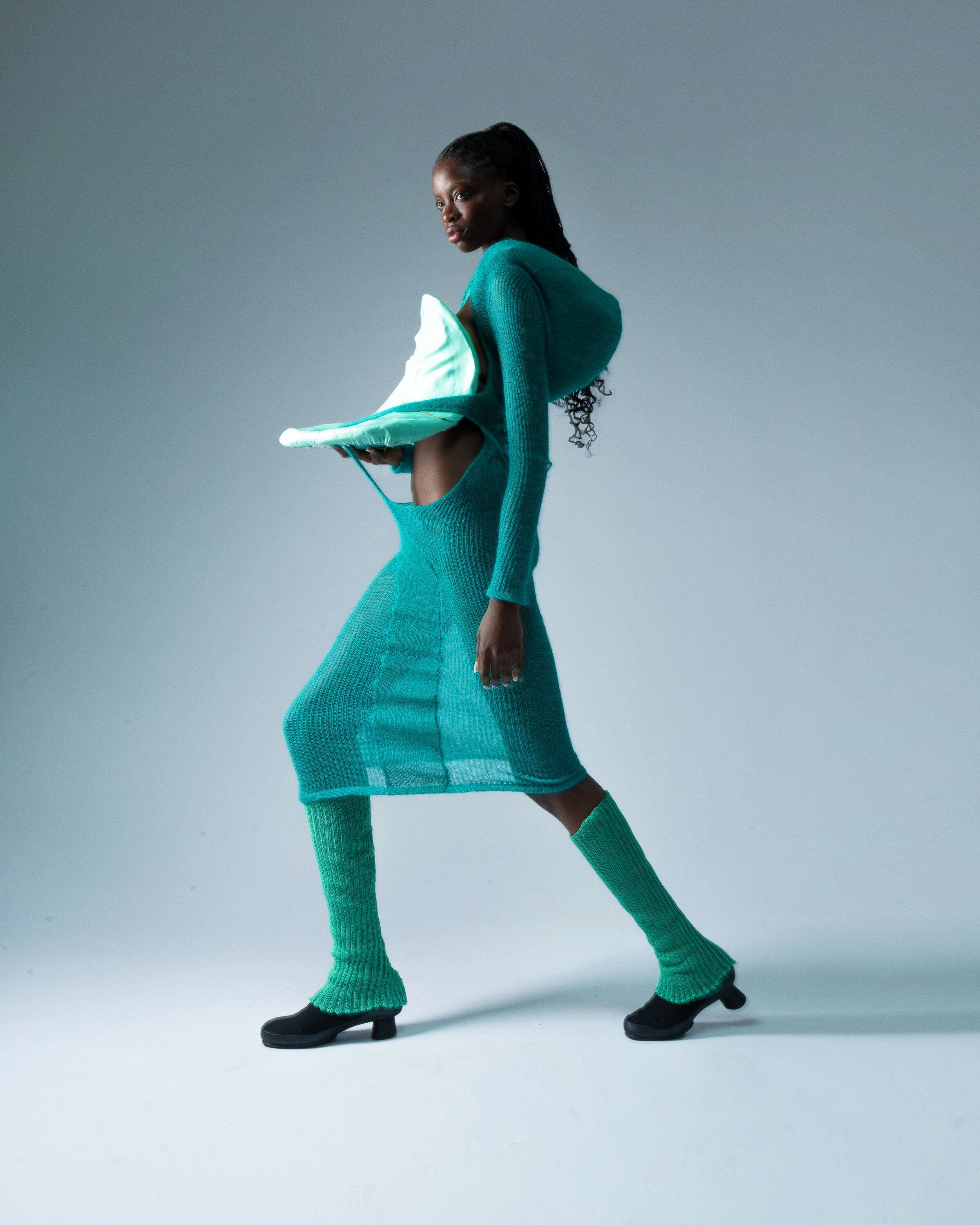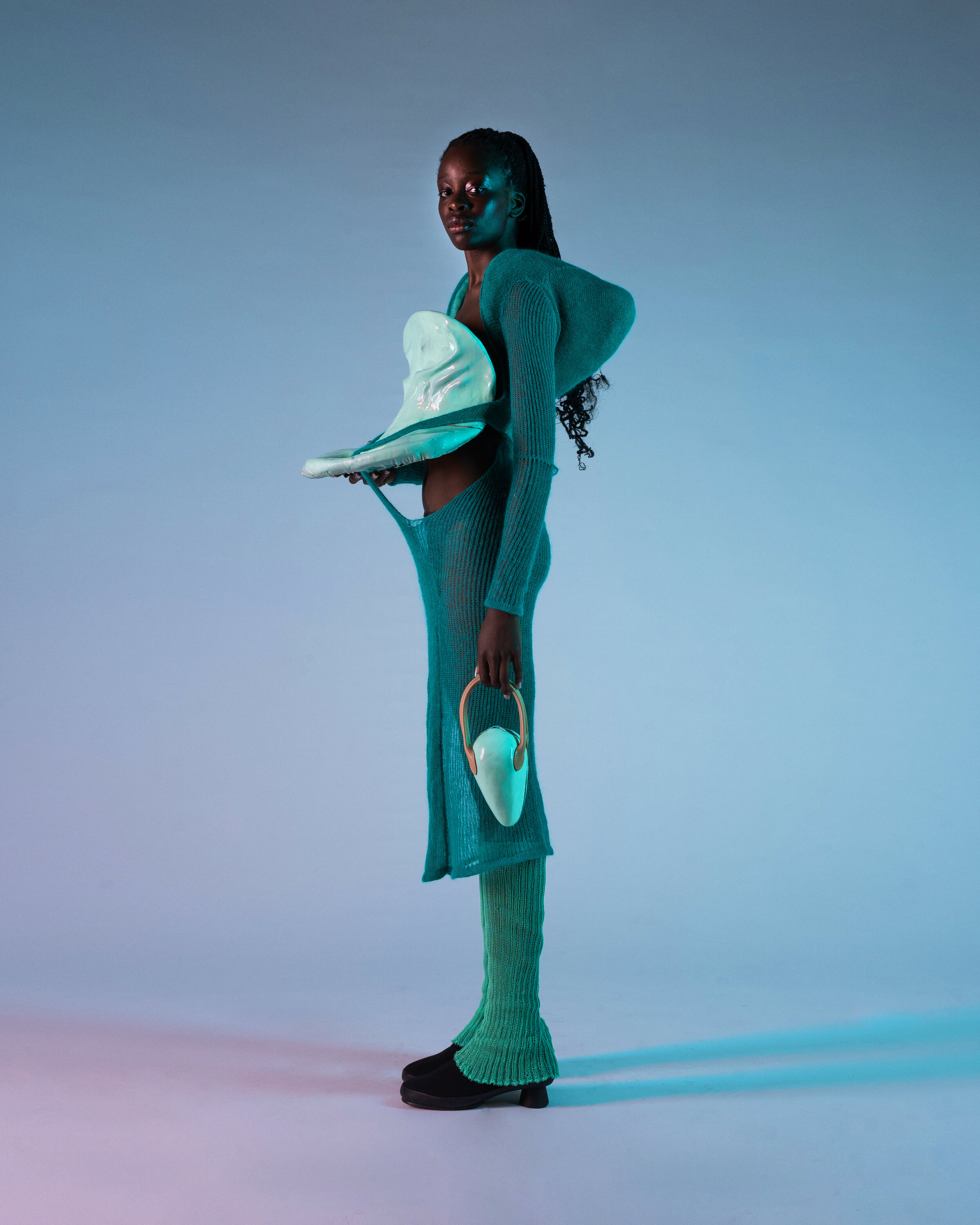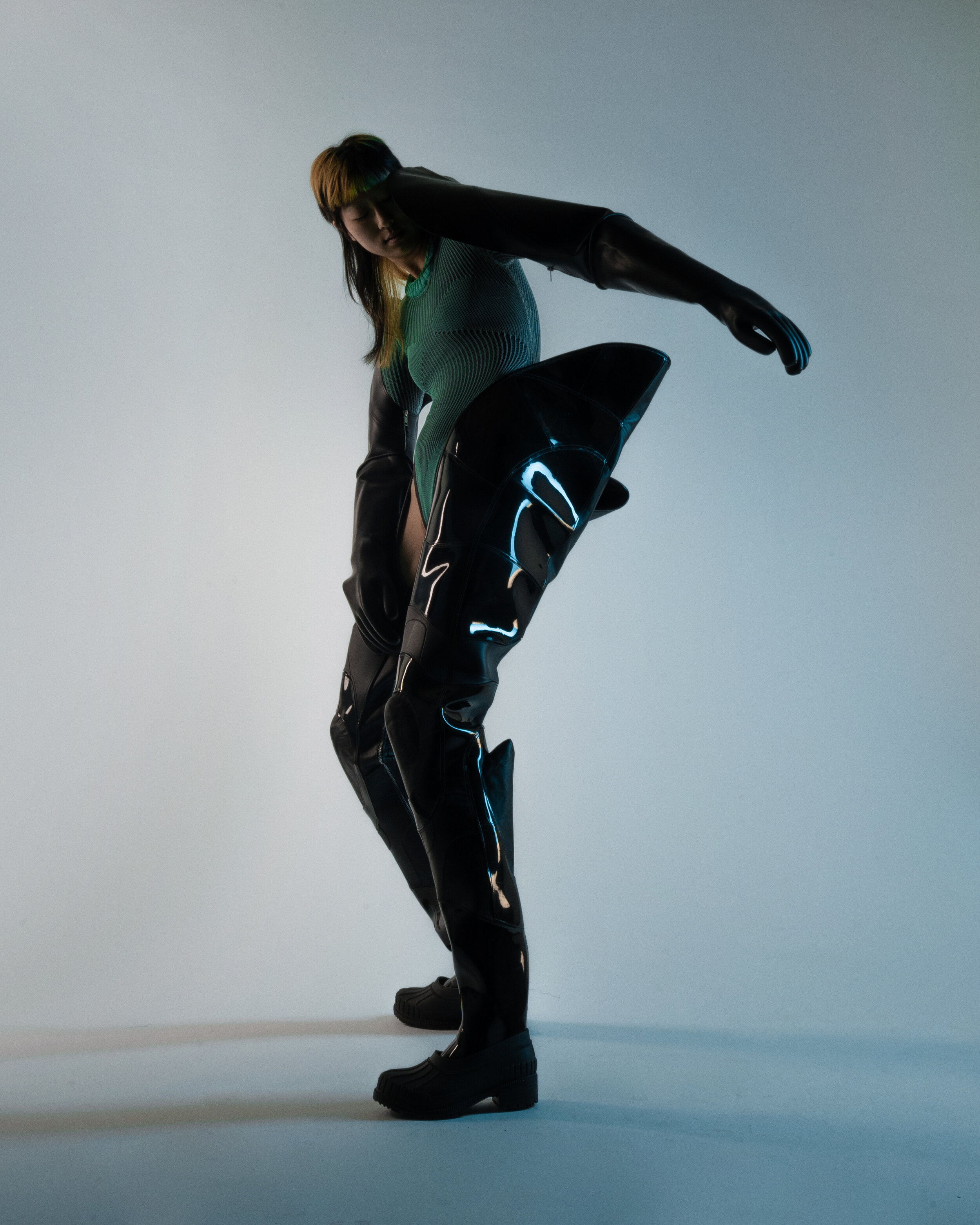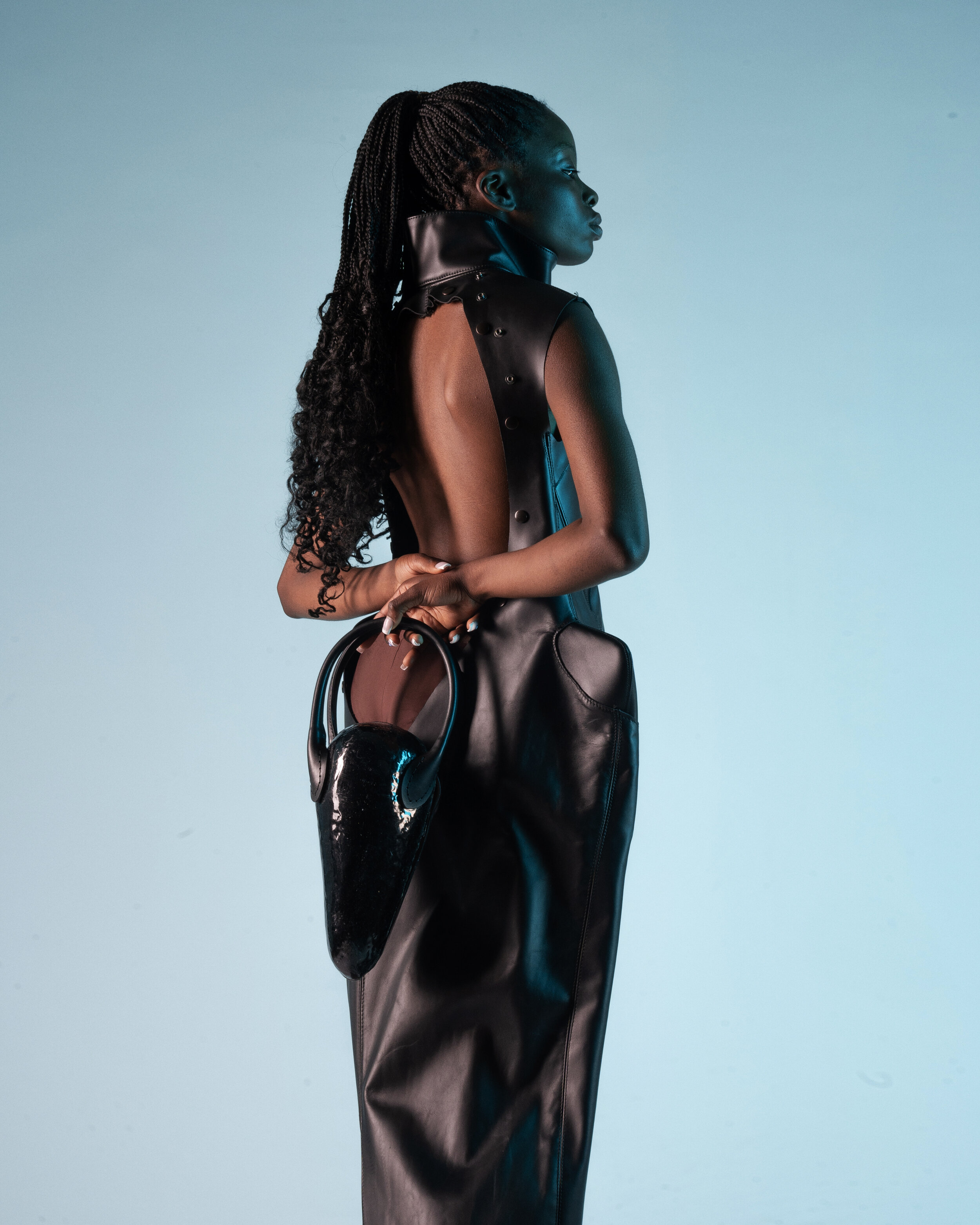Justine Janot
I grew up in Paris and moved to London to study Fashion Design with Marketing at Central Saint Martins, where I designed and made my first collection as part of my graduate project.
My collection portrays a dystopian, apocalyptic world where the human race had to develop physical and behavioural change to adapt and survive to a shifting, hostile environment.
The collection explores how life thrives from chaos and reflects on the body and its evolving properties, like fertility or the skeleton itself by redefining them.
Instagram: @justine_janot
These metamorphoses create strong feminine silhouettes and enable my characters to defend themselves, building armour-like garments.
To create my shapes and redefine the human skeleton I referenced existing bone structures from different species that existed in the prehistoric era until now, therefore creating a hybrid femininity, mixed with science-fiction references.
I was very inspired by the theory of The Monstrous Feminine established by Barbara Creed and developed later on by Jane Usscher, who explored how fears of society are projected on the fertile female body.
The emotion I want to create is empowerment, strength, and protection.
The digital aspect is very important in my collection not only as a promotion but also as a design inspiration as I was always attracted to video games and animation, which I almost chose for my studies and career path. For the animations and digital communication I collaborated with my friend Elfe de Cité, who brought my collection to a different space and added so much to my vision.
Everything is made with the most environmentally conscious materials, fully-fashioned knitting, ethical and transparent sourcing, and upcycling or reusing waste as much as possible by creating mosaics with leather, or up cycling defective rubber boots in collaboration with Daniel Charkow.
Please note the look book photography is by Mika Kailes
[OSTRICH] Hi Justine, How’re you doing today?
[Justine Janot] Hi, I’m good thank you!
Where about’s are you answering these questions?
I’m answering from Paris, I just came back home after finishing my degree.
If you could describe your degree in three words what would they be?
Challenging, exhausting, rewarding
Did you always know you wanted to be in fashion?
Absolutely not ! I was supposed to do a scientific pathway and then decided I would do character and set design for animation and video games, and I finally changed my mind in the last year before my Baccalauréat (A levels). I don’t know why I changed suddenly but someone mentioned fashion design to me and before that I had no idea it could actually be an option. I wasn’t particularly interested in fashion as a child and being a designer never crossed my mind before this day but I realised it was a really good way for me to create characters and environments from a more 3D point of view, which is my strength. I work better around the space and the body than on a sheet of paper !
If you could have a conversation with anyone dead or alive who would it be?
Alexander McQueen and Thierry Mugler.
Can you tell us what you’re working on at the moment? Or is it a secret?
I am having a break before I start my MA in Knitwear at the Institut Français de la Mode in September.
What was your latest collection ‘the monstrous feminine’ inspired by?
My collection portrays a dystopian, apocalyptic world where the human race had to develop physical and behavioural change to adapt and survive to a shifting, hostile environment. Maybe I was influenced by the current situation but who knows how my work would have turned out in a different context !
The collection explores how life thrives from chaos and reflects on the body and its evolving properties, like fertility or the skeleton itself by redefining them.
These metamorphoses create strong feminine silhouettes and enable my characters to defend themselves, building armour-like garments.
To create my shapes and redefine the human skeleton I referenced existing bone structures from different species that existed in the prehistoric era until now, therefore creating a hybrid femininity, mixed with science-fiction references.
I was very inspired by the theory of The Monstrous Feminine established by Barbara Creed and developed later on by Jane Usscher, who explored how fears of society are projected on the fertile female body.
What was it that made you want to explore these topics?
I’m not quite sure but I have always been interested in the female body and its different forms.
What is your favourite part about creating a collection?
My favourite part is definitely the research and experimentation, that’s where you explore and learn about so many different things before focusing and perfecting one aspect, and no matter the initial concept it can take you to unpredicted paths, which is what I enjoy the most. My collection was initially inspired by Art nouveau and sculpting the body, and it took me to a dark science-fiction film with 70s and 80s inspirations.
I also enjoy the 3D process a lot, and the toile development, tailoring, draping, playing with shapes. The hardest part is having to decide on all the finishings.
What was the hardest part about creating your graduate collection?
We were in lockdown because of Covid for a few months this year, and even though we were prepared and thankfully I had a flatmate, the hardest part was to work without my class, compared to other years where we were constantly together, working very late but it didn’t matter.
We also found it particularly hard to make garments in a context where art and design seemed so pointless regarding what we were all going through, but managed to find motivation again after discussing with my friends and agreeing that arts should never be discarded.
The use of Knitwear is very prevalent throughout your collection. Have you always been drawn to using knit or is it something you recently discovered?
I have always been drawn to it, as a matter of fact I had also applied to CSM in knitwear but went into FDM (Fashion Design with Marketing), and I’m glad I did because I met incredible people. I just had a short course at CSM with Bernie Yates and had to learn by myself to fully-fashion and to develop my knit techniques, which led me to specialise in knitwear for my MA.
What was the inspiration behind the colour way?
It was inspired by some visual research I did on a 3D model software called Rhino, but also from my science-fiction references.
From reading about and looking at your works, it seems that animation, AR, Gaming and vR seem to play a large role on your clothing and the way you have designed your clothes. Is there a particular reason for this?
It’s something I love and nearly chose as a career path, so I decided I would use it to promote my collection, with the amazing work of my friend Elfe de Cité. The digital aspect is having more and more importance in our society and how it’s evolving in terms of social media, sustainability, and the sanitary crisis that enhances it even more.
Experimentation and play also seems to be a major part to your creative process. Was there a particular experimentation process that really triggered a major directional route for you?
Yes, my sculpture work was very important and during my time at Louis Vuitton in Leather Goods, I realised how mouldable leather was, thanks to its properties I discovered that I could replicate my sculptures with it, making them wearable. From there I worked a lot in the casting studio, making moulds that I could then shape the leather onto.
What type of person/individual do you see wearing your clothes?
Anyone, as long as they feel comfortable and empowered by them, I’m happy.
There is no denying that sustainability is a major factor that everyone should be thinking about. Did this play a role in the way you created the collection or the way you approached fashion in general?
Sustainability is key for me and it should be to everyone. I noticed more and more young designers and people at CSM pay attention to it and that’s great! All the materials I from my collection are sourced ethically, my knitting is fully-fashioned, meaning there is no waste when making the garment, and the waste from the deadstock leather was used to make mosaics for accessories.
We also up cycled defective rubber boots given to us by Kamik in a really fun shoe collaboration with Daniel Charkow.
If you weren’t in fashion what do you think you would be doing now?
I would be working in the digital field like animation or video games, I would actually love to design garments for that.
Where do you see your career going next? Or is there a particular brand that you would love to work for?
After my MA degree I will look for a knitwear design position in a luxury brand, preferably Paris, Milan or New York, while working as a freelancer on other projects, still working with other materials and industries like cinema, theatre or music for exciting and more creative projects.
If you could give someone one piece of advice at the beginning of their career, what would you say to them?
Don’t look too much at what other people do, focus on your work and your vision, and if you’re not sure where you’re going, that’s totally fine !
Thanks so much for answering all of our questions!
Thank you for having me!


